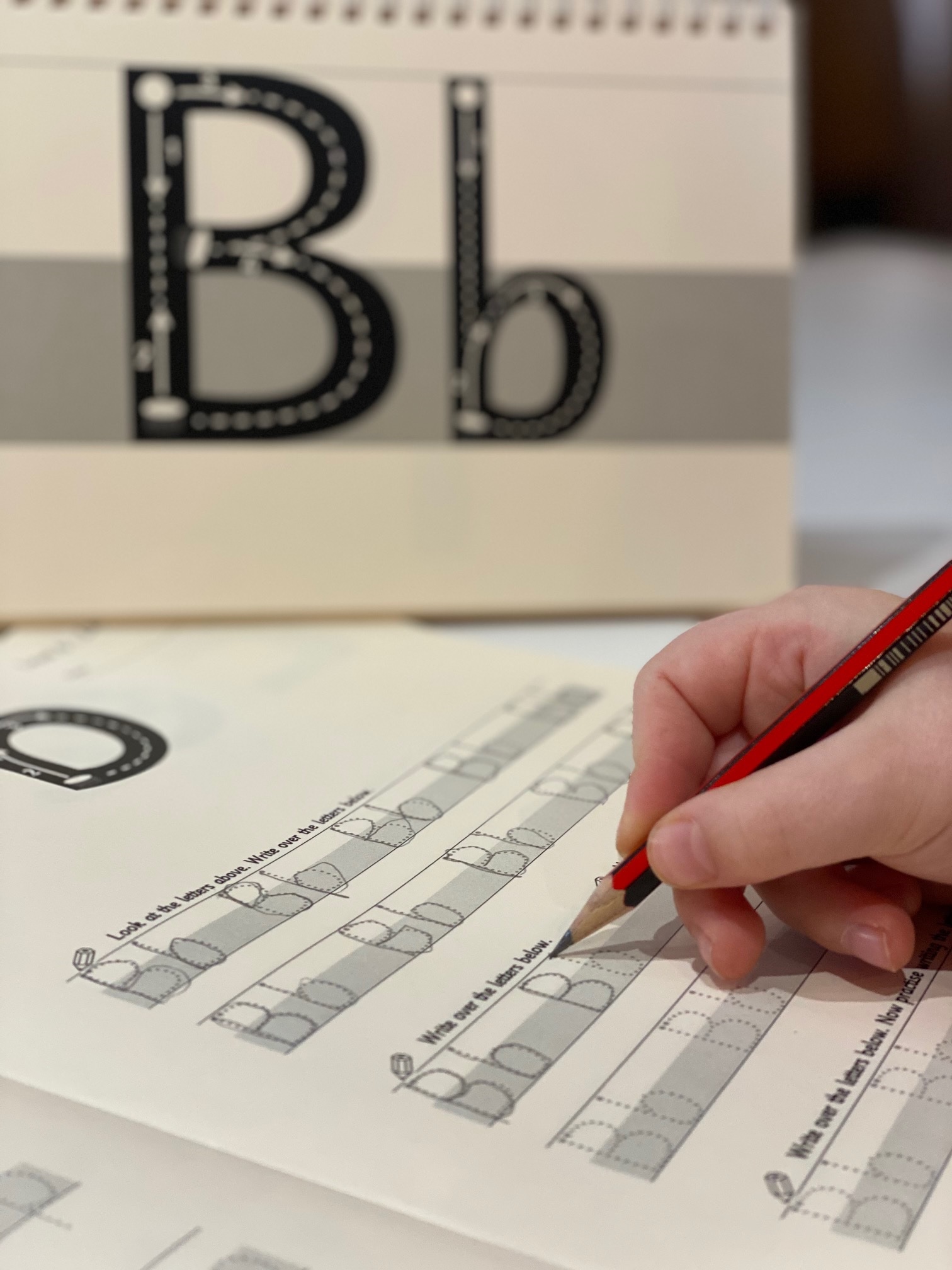Handwriting is more than just a mechanical exercise; it is a gateway to unlocking the creativity and imagination within a child. The process of learning to form letters correctly and progressing to joining them lays the foundation for effective communication, making a fun and practical life skill. When children master the art of handwriting, they gain a tool that allows them to express their thoughts with clarity.
By compiling my years of evidence based research, classroom observations and my own experiences as a parent and grandparent, some key contributing factors as to why some children find handwriting difficult are evident from birth and in early learning environments.
Poor handwriting is comprised of a plethora of root causes. A multitude of combined factors can contribute within any age group or gender at any one time.
My company has made significant strides in reshaping the way children learn the skill of writing. In an era where technological advancements are reshaping education, Morrells Handwriting stands out for its commitment to fostering legibility and speed in children’s writing skills.
Recognising the challenges that young learners face in mastering the intricacies of cursive writing at an early age, we advocate delaying the teaching of joined-up handwriting until Key Stage 2. We were delighted when the Department for Education agreed. This ensures that all children set a solid foundation, focusing on letter formation for as long as required for their future writing as they progress through school and higher education.
In the evolving landscape of handwriting education, the expectation for all children to fully join up their handwriting has now been deferred, with a policy in place that specifically states joined-up handwriting should be delayed. This approach ensures that children progress at a pace that suits their individual learning needs.
Despite the commendable progress made, there is an acknowledgment that there’s still a long way to go in standardising handwriting education across all schools and teachers. Morrells Handwriting remains steadfast in its commitment to challenging the mindset that insists that cursive is best and every child must join their handwriting from the very beginning.
It is essential that all stakeholders involved in a child’s educational journey of learning to write have a good understanding of what is required for learning to write legibly.
It is no longer good enough to say ‘we have always done it this way.’ Each child is on their own journey with their handwriting. Therefore, it is up to us as educators, practitioners and parents to embrace the science and identify any early issues and make appropriate interventions.

